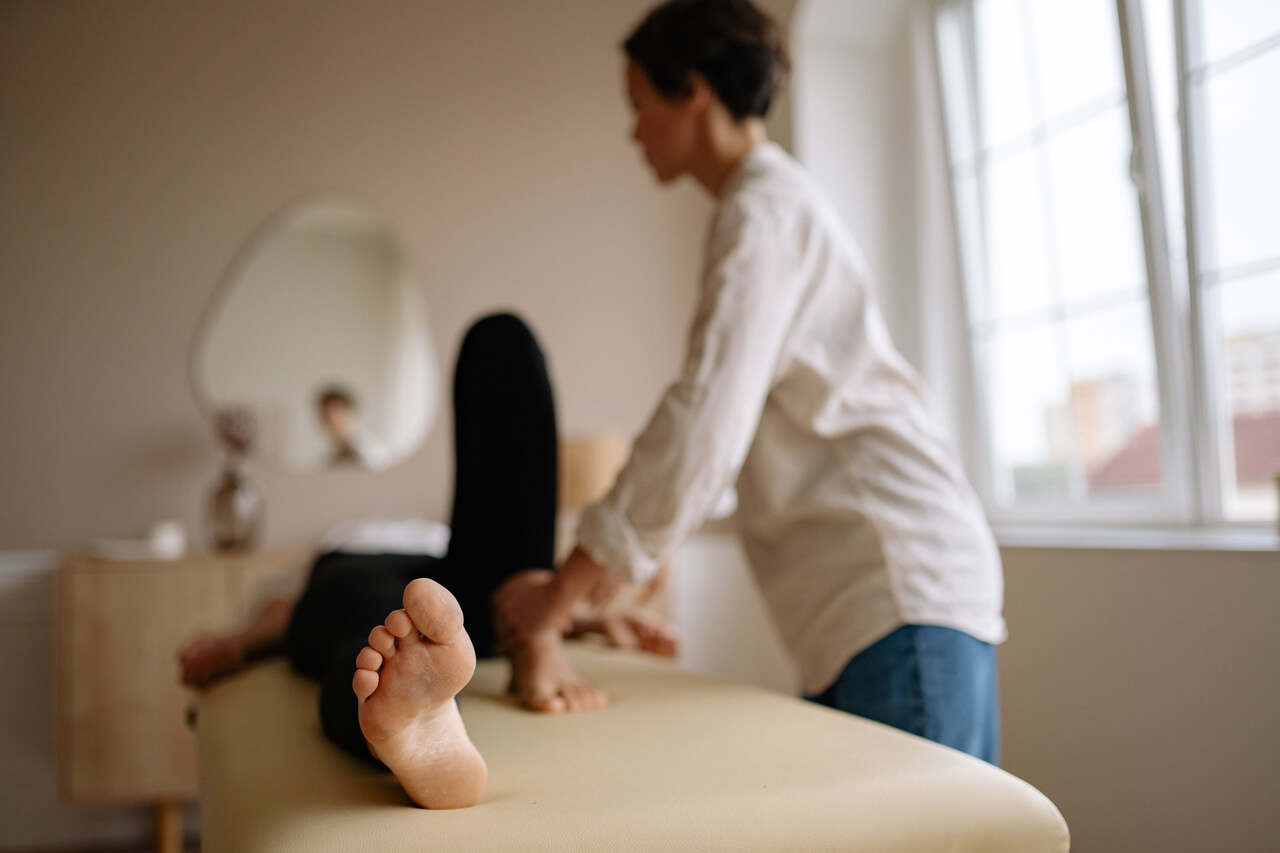
How can a Certified Orthopedic Manual Therapist decrease your recovery time.
If you’ve ever sat in the waiting room at Live to Move Physical Therapy & Wellness, you’ve probably wondered about the credential “COMT” that appears after Molly and James’ names. This stands for “Certified Orthopedic Manual Therapist” and it’s earned after completing (and passing) a year-long program composed of lecture and lab style courses to further the physical therapist’s specialization of orthopedics and manual therapy.
The classes are taught by top local clinicians and professors and presented in an in-depth, outpatient-focused manner that just isn’t possible during the entry-level education of a Doctor of Physical Therapy. As a new therapist, I’m following in Molly and James’ footsteps and working my way through the COMT Program. So far, it has been just what I knew I needed plus a bit more! See, entry-level physical therapist education is like drinking through a fire hose – it’s impossible to absorb everything and, unless you’ve got a really big mouth, you’ll look clearly overwhelmed afterwards. The COMT Program, on the other hand, is like sipping on a glass of wine while taking the time to appreciate all the details – the ambience, shape of the glass, temperature of the beverage, etc. The aim of the program is to create truly exceptional clinicians in the specific practice area of outpatient orthopedics with a focus on utilizing manual therapy to compliment exercise prescription. Manual therapy refers to the ancient art and science of mobilizing bones and soft tissue to achieve increased range of motion, improved joint mobility, decreased swelling, decreased pain, and many other neurophysiologic effects.
The curriculum covers the human body from head to toe and across the lifespan. It contains an eclectic mix of foundational science concepts, pain neuroscience education, joint manipulation and mobilization techniques, purposeful tissue specific and irritability level exercise progressions, return to sport and life considerations, and movement impairment syndrome classifications. As a new physical therapist, I feel so fortunate and appreciative of Molly and James’ support and encouragement as I pursue this credential that so few physical therapists will earn. So far, my favorite part has been learning about modern pain neuroscience – how our perception of pain has little to do with the extent of actual physical injury and much more to do with our beliefs, past experiences, expectations, stress, etc. and how to empower patients to take advantage of this knowledge.
Patients benefit from being treated by a certified orthopedic manual therapist through improved outcomes in potentially less recovery time than if being treated by another PT without the advanced certification and education. Live to Move Physical Therapy & Wellness values the highest quality of care for our patients and strives to use the most up to date and evidence-based interventions for our patients.
– Clancy Nelson, PT, DPT
BY: Live To Move
News
COMMENTS: No Comments
